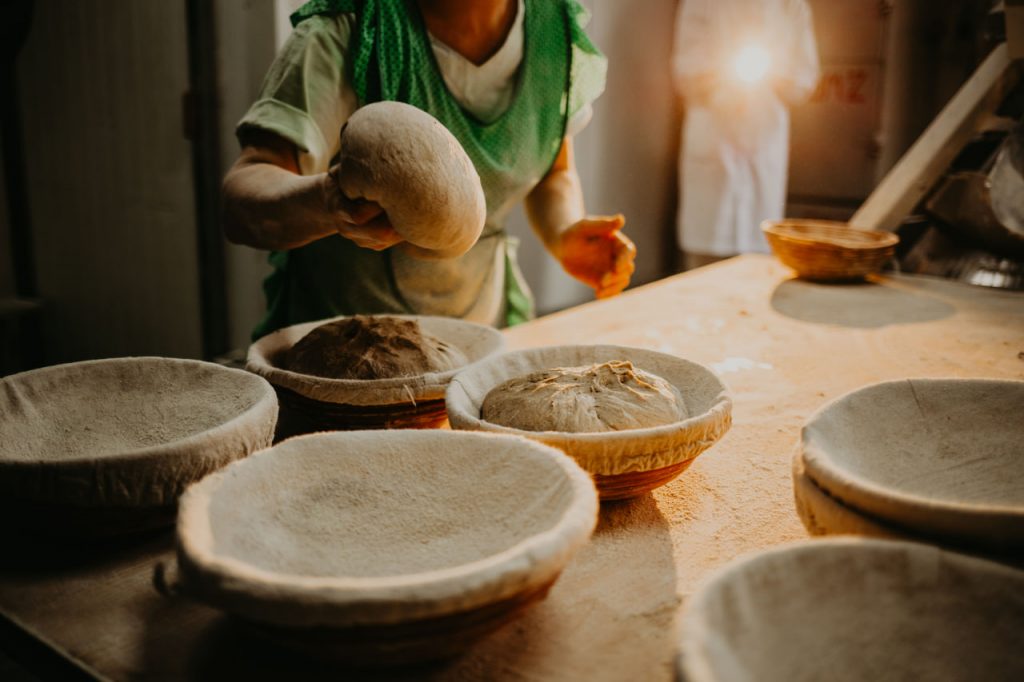Bread — one of humanity’s oldest foods — carries with it centuries of history, culture, and meaning. From the ancient ovens of Mesopotamia to the rustic wood-fired bakeries of Europe, the tradition of bread-making has transcended time and borders. But beyond sustenance, what makes baking bread so universally resonant?
At first glance, it may seem like a simple task: mixing flour, water, salt, and leavening. Yet, in those humble ingredients lies an extraordinary transformation. Bread making is a metaphor for life itself — the waiting, the rising, the unexpected outcomes. The dough teaches patience, adaptability, and care. You can’t rush it, and you can’t ignore it. You have to be present.
For many people, especially in today’s high-speed, tech-driven world, baking bread is a return to the senses. It’s tactile — the stickiness of the dough, the rhythmic movement of kneading, the tension of shaping. It’s visual — watching dough swell with life, scoring it with intention, observing how it blooms in the oven. And it’s olfactory — that unmistakable scent that fills a kitchen with warmth, comfort, and anticipation.
But the connection goes deeper. Baking bread is deeply personal and often emotional. It’s something people do to nourish loved ones, to calm their minds, to express creativity. In some cultures, bread is sacred — used in religious rituals, family ceremonies, and community gatherings. When you bake bread, you’re participating in a legacy much bigger than yourself.
It also invites mindfulness. You slow down, you breathe, you feel. You become attuned to the subtle changes in texture, temperature, and timing. Each loaf is a result of your attention and intention. No two are ever exactly alike — just like moments in life.
Ultimately, the soul of bread lies not just in its taste or texture, but in the process of creation. It brings people together. It tells a story. And it offers a reminder: that simplicity, care, and patience can still create something beautiful in a noisy, complex world.

